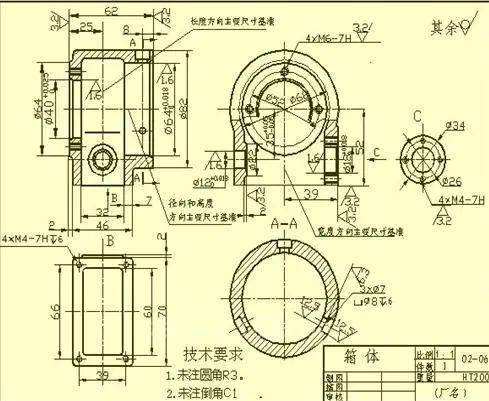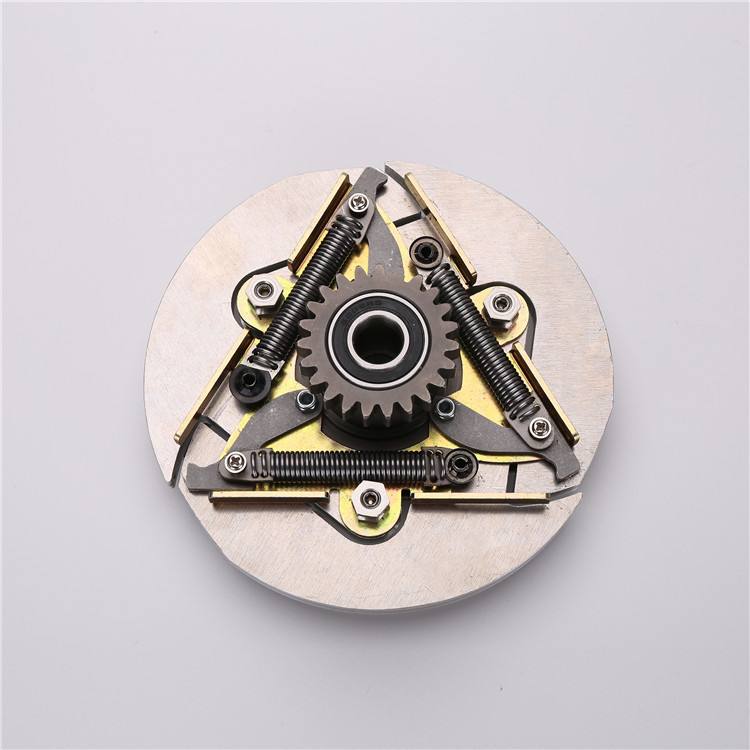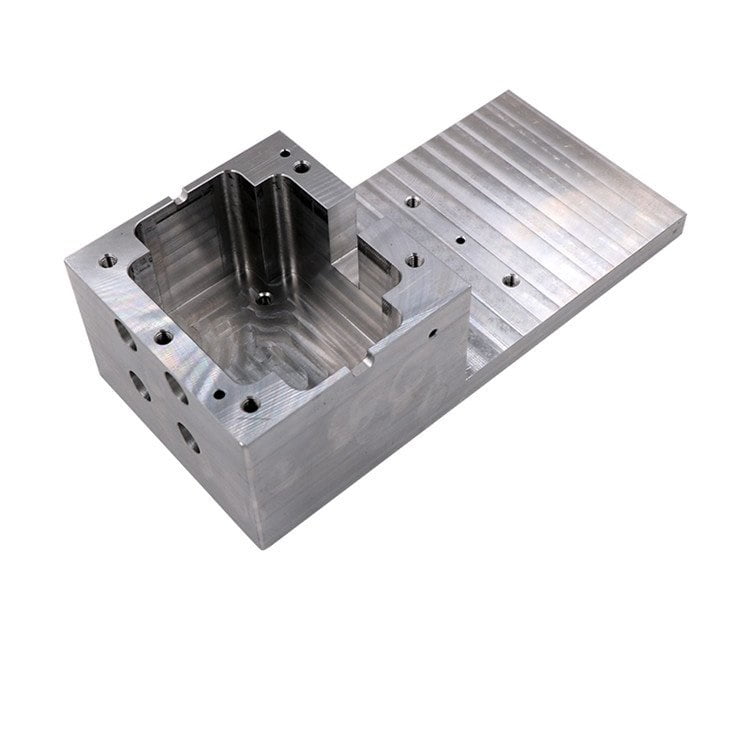In the actual production of milling processing, it includes the application skills of machine tool setting, workpiece clamping, tool selection and so on.In the actual production of milling processing, it includes the application skills of machine tool setting, workpiece clamping, tool selection and so on.
1.Workpiece stability workpiece clamping status and considerations.
2.During overhang processing, make the tool overhang on the spindle as short as possible.
3.Select the correct milling cutter tooth pitch use the correct milling cutter tooth pitch suitable for the process to ensure that there are not too many inserts participating in cutting, otherwise vibration will be caused.
4.Select the correct milling cutter tooth pitch use the correct milling cutter tooth pitch suitable for the process to ensure that there are not too many inserts participating in cutting, otherwise vibration will be caused.
- 5.Cutting draught when milling narrow workpieces or with gaps, ensure that there is sufficient blade draught.
- 6.Selection of blade groove type. As far as possible, use the indexable inserts with positive rake grooves to ensure smooth cutting and minimum power consumption.

7.Use the correct feed by using the recommended maximum chip thickness, ensure the correct feed of the blade used to achieve the correct cutting effect.
8.The cutting direction shall be subject to down milling as far as possible.
9. Part considerations: workpiece material and configuration, and quality requirements of the surface to be machined.
10. Blade material selection: groove type and material are selected according to workpiece material type and application type.
11. Vibration damping milling cutter for a long overhang that is more than 4 times the diameter of the cutter, the vibration trend will become more obvious, and the use of vibration damping cutter can significantly improve the productivity.
12. Main deflection angle select the most suitable main deflection angle.
13. Milling cutter diameter: select the correct diameter according to the workpiece width.
14. Position the milling cutter correctly.
15. It can be seen from the cutting in and cutting out of the milling cutter that the chip thickness at the time of cutting back is always zero through arc cutting, so that higher feed and longer tool life can be realized.
16. Coolant: use coolant only when necessary. In general, milling can be performed better without using coolant.
17. Follow tool maintenance recommendations and monitor tool wear.














